The use of Linux as an operating system opens up numerous possibilities for managing and interacting with files and directories. The command ls is one of the most fundamental tools available to view the contents of a directory. In this guide, I will show you step by step how to effectively use the ls command to retrieve information about files and directories. You will learn how to not only display the standard output but also make hidden files visible and apply various filters and options.
Key Insights
- The ls command lists the contents of a directory.
- Options such as -a, -l, and -lt expand the possibilities for displaying information.
- ls can be used with filters to specifically search for files.
Step-by-Step Guide
Step 1: Apply ls Command
Start your terminal and enter the ls command to display the contents of your current directory. By default, only regular files and folders are displayed. The command helps you quickly get an overview of what is currently in a directory.
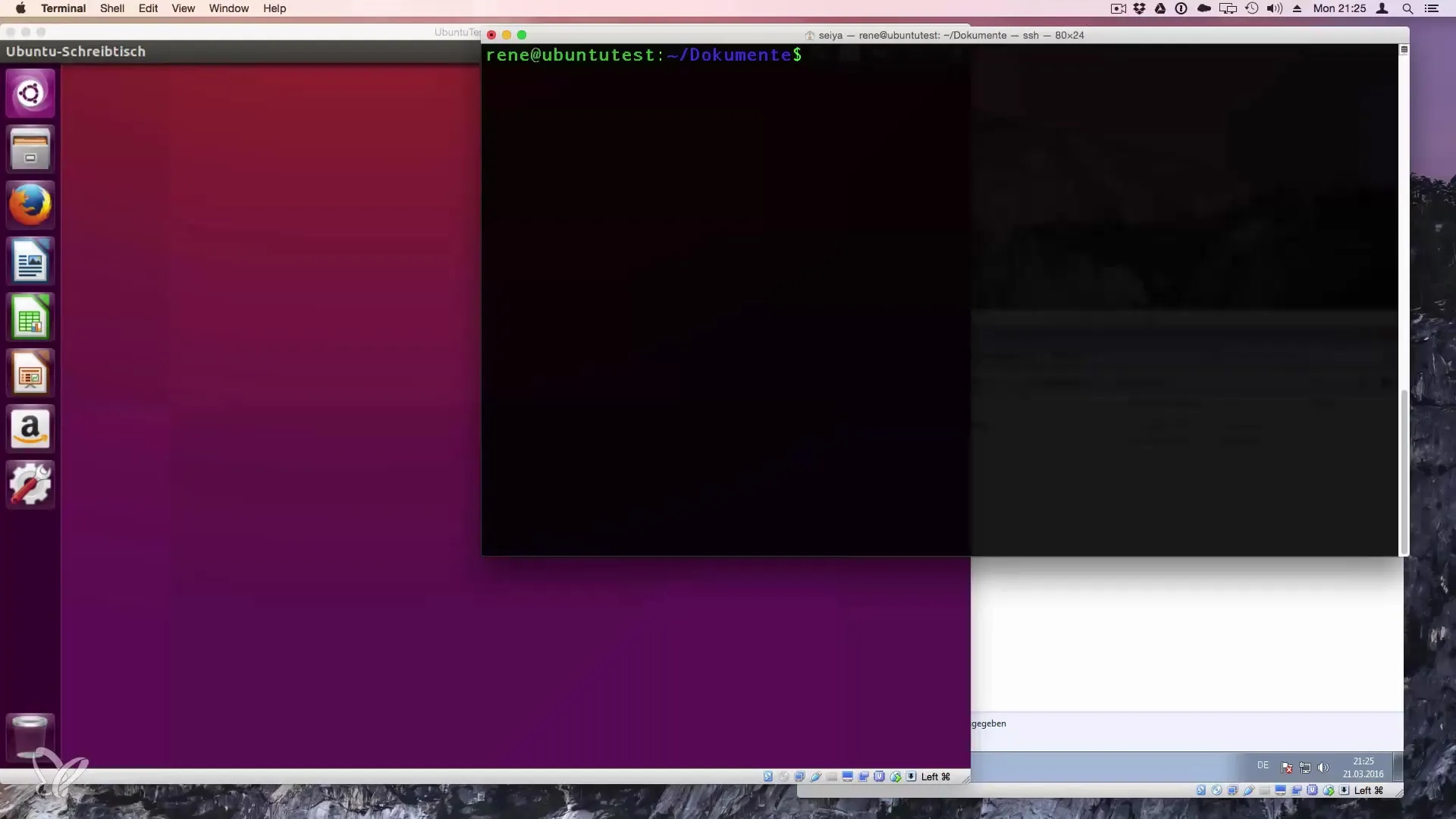
Step 2: Change Directory
To see the contents of a specific directory, you can use the cd command to navigate there. For example: cd /home/Rene. After changing to the new directory, you should run ls again to display the files and folders in this path. This way, you can explore different directories while keeping track of your navigation.
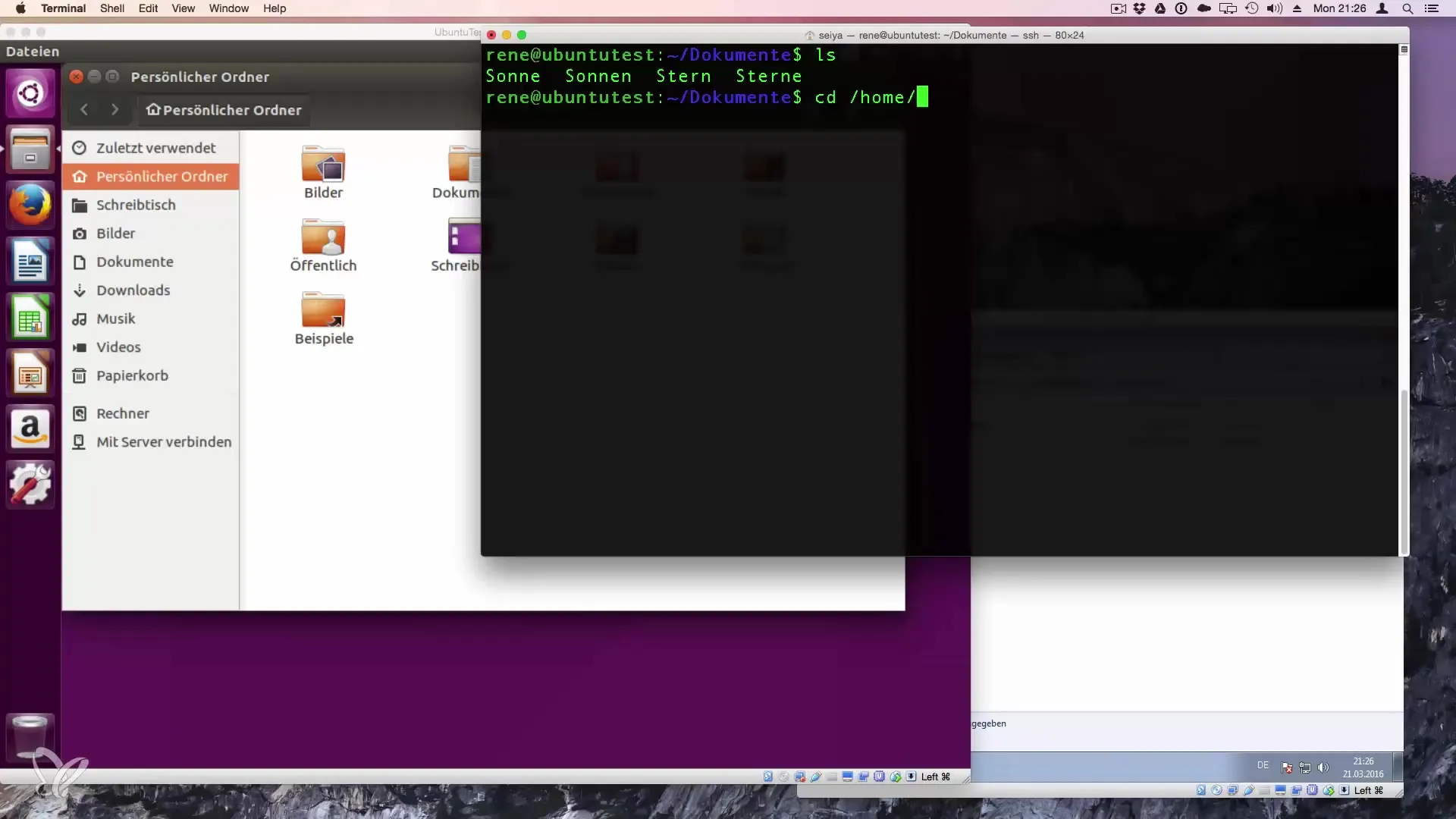
Step 3: Display Hidden Files
Hidden files in Linux are files whose names begin with a dot (.). To display these, you use the -a option, so the command is ls -a. This shows you all files in the current directory, including hidden ones. This is particularly important for identifying configuration files or other critical data that are hidden by default.
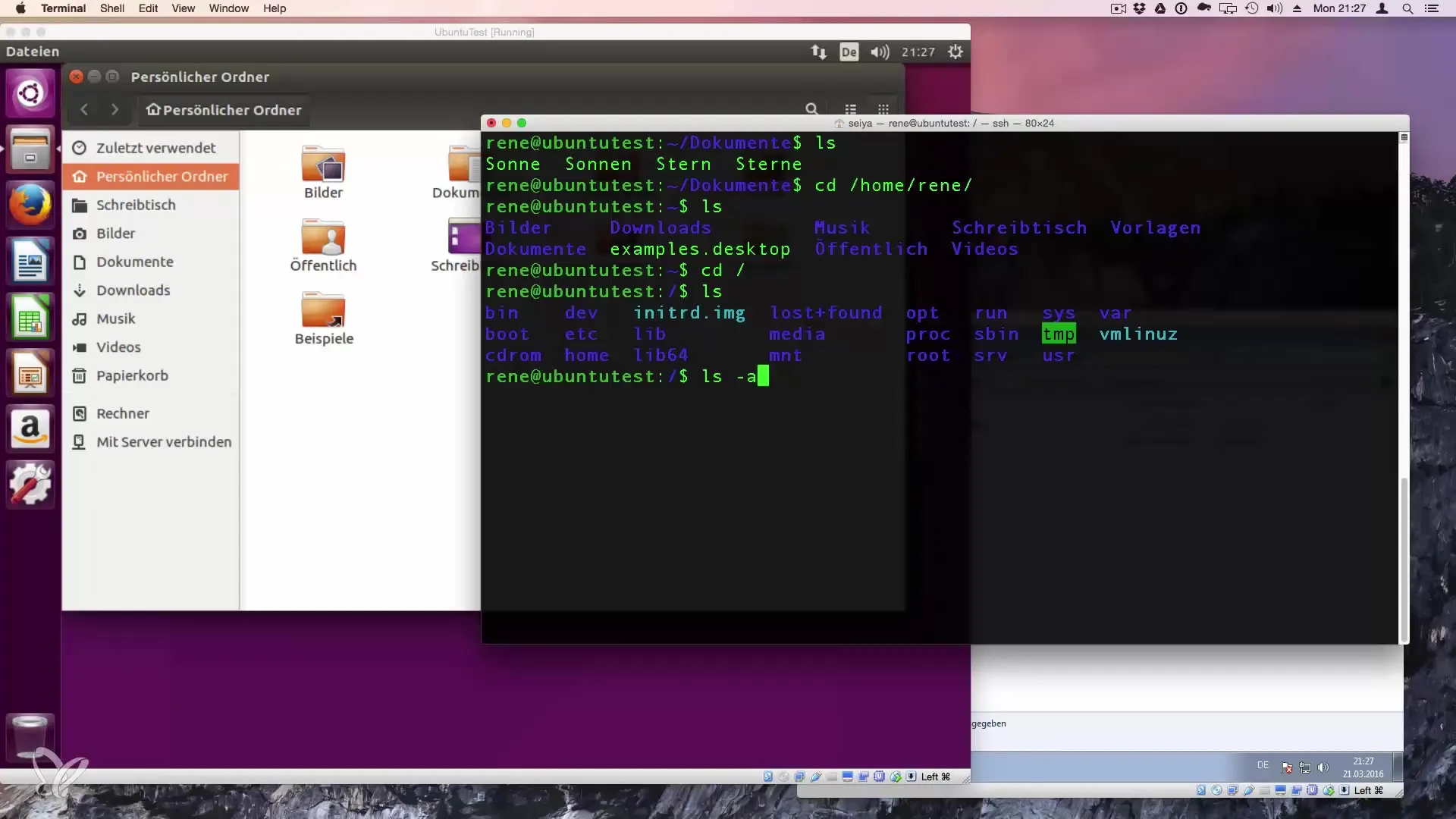
Step 4: Long Output with ls -l
With the -l option, you can expand the output of ls. The command ls -l gives you a detailed view of the files, including permissions, owners, size, and modification date. This information is useful for gaining a better understanding of the files in the directory.
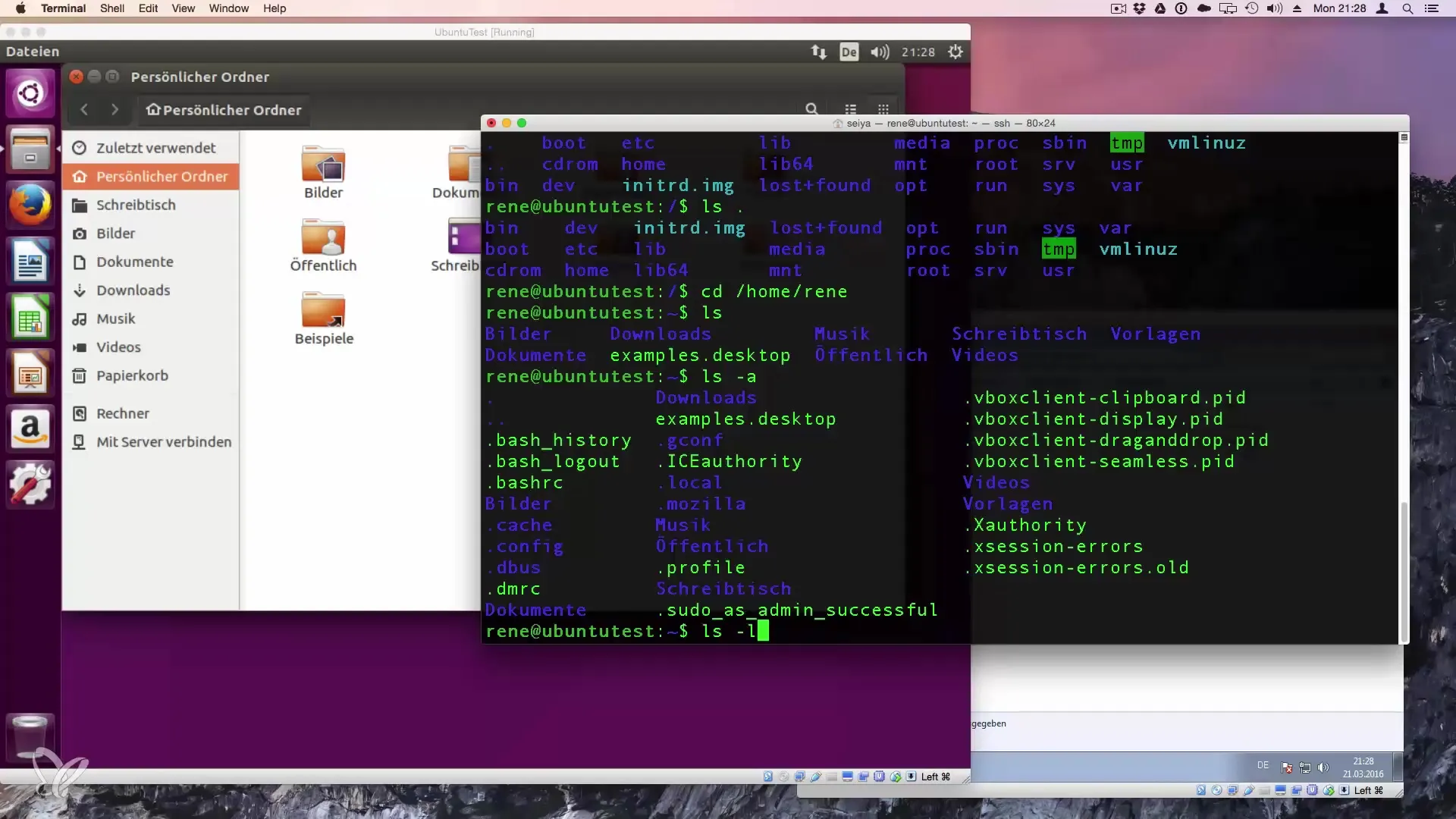
Step 5: Combining Options
You can also combine multiple options to display a comprehensive list of all files. The command ls -la displays both hidden and regular files in a long format. This gives you the maximum amount of information at a glance and is particularly helpful for troubleshooting or monitoring directory contents.
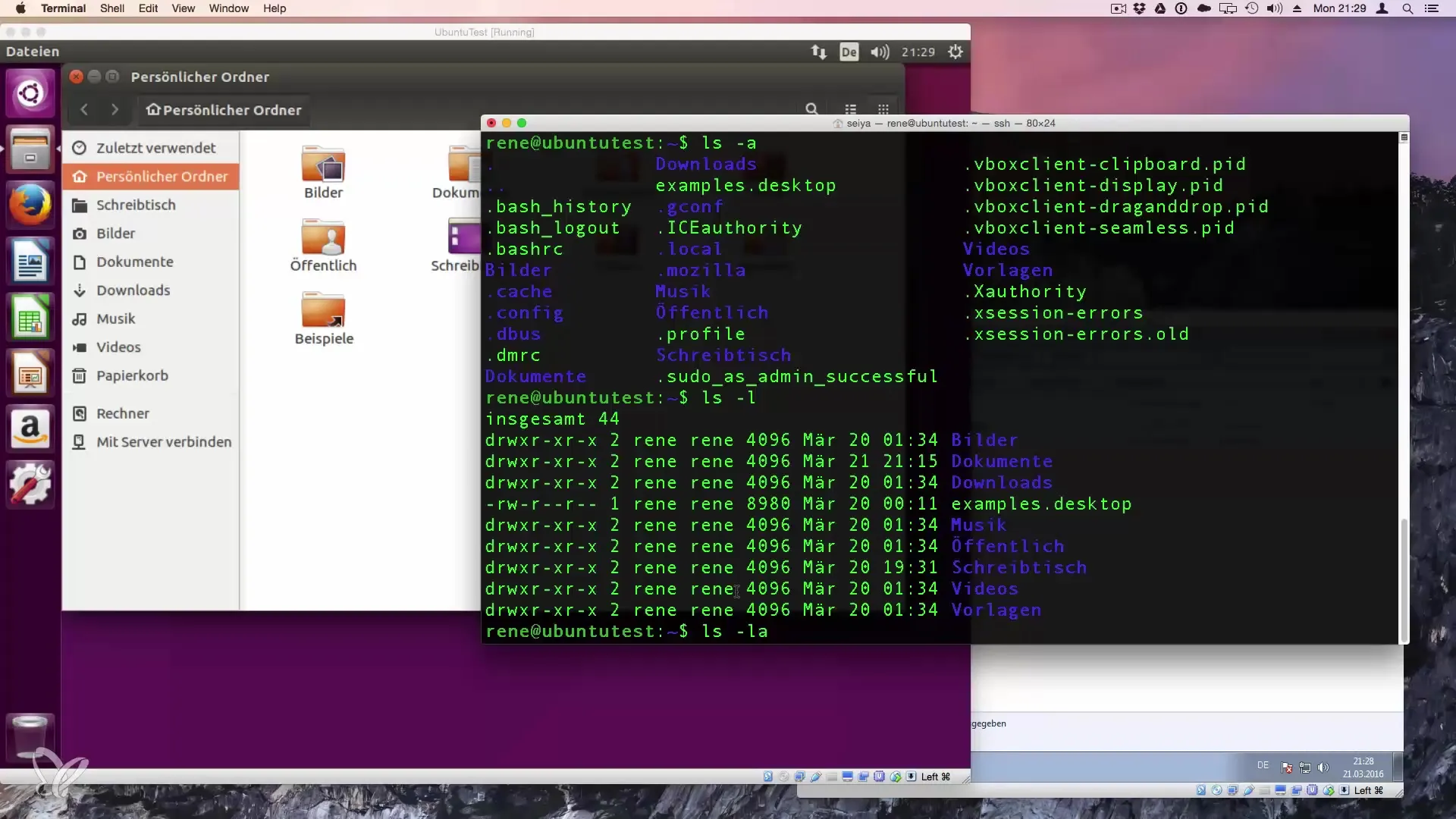
Step 6: Sorting by Modification Date
To sort the files by date, you can add the -lt option. The command ls -lt lists the files in chronological order, starting with the most recently modified files. This allows you to quickly identify which files have been edited recently.
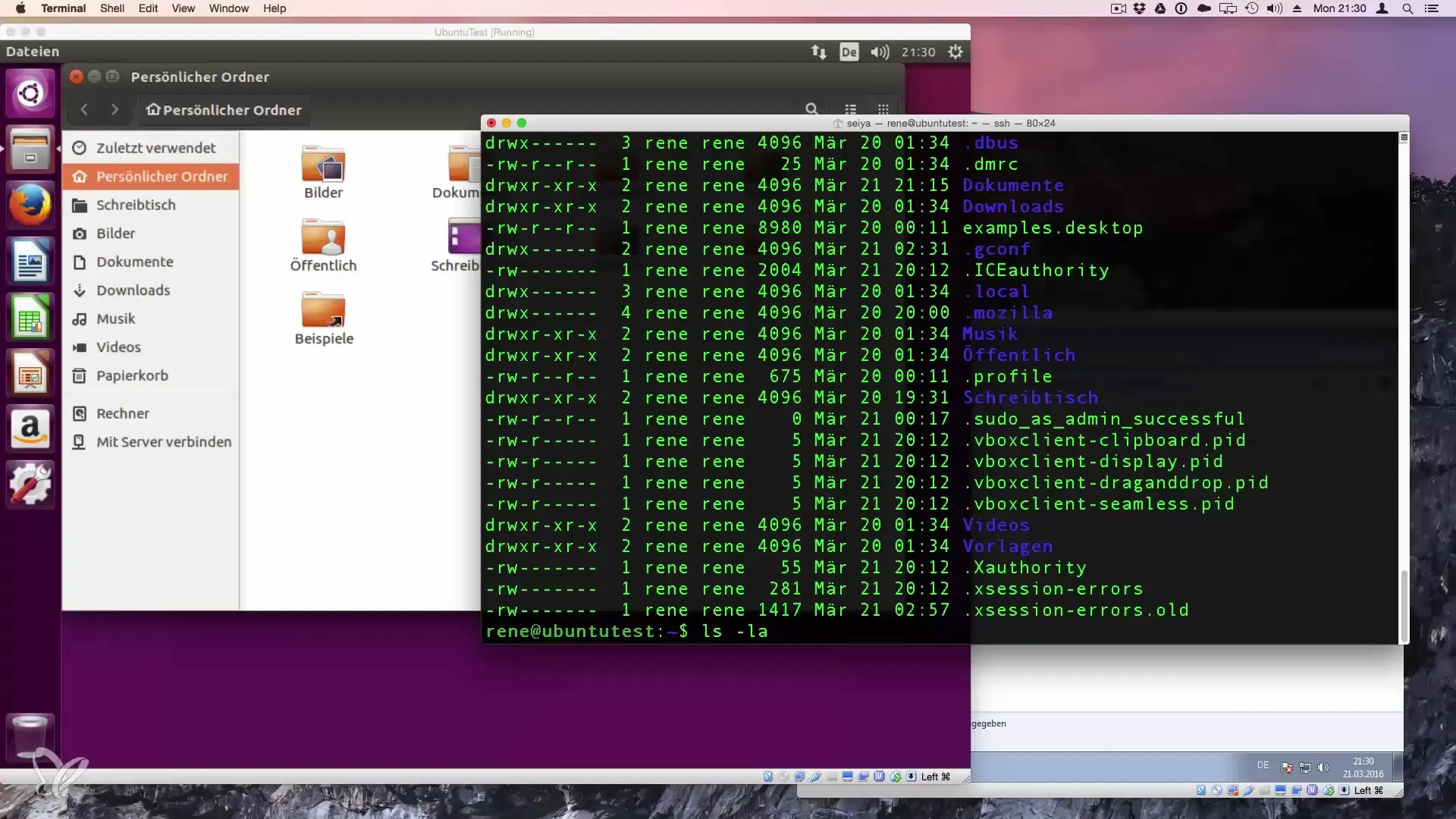
Step 7: Viewing a Specific Directory
If you want to see the contents of a specific directory, you can append the path directly to the ls command. For example: ls /home/Rene/Downloads. This is useful when you want to view the contents of a directory without prior navigation.
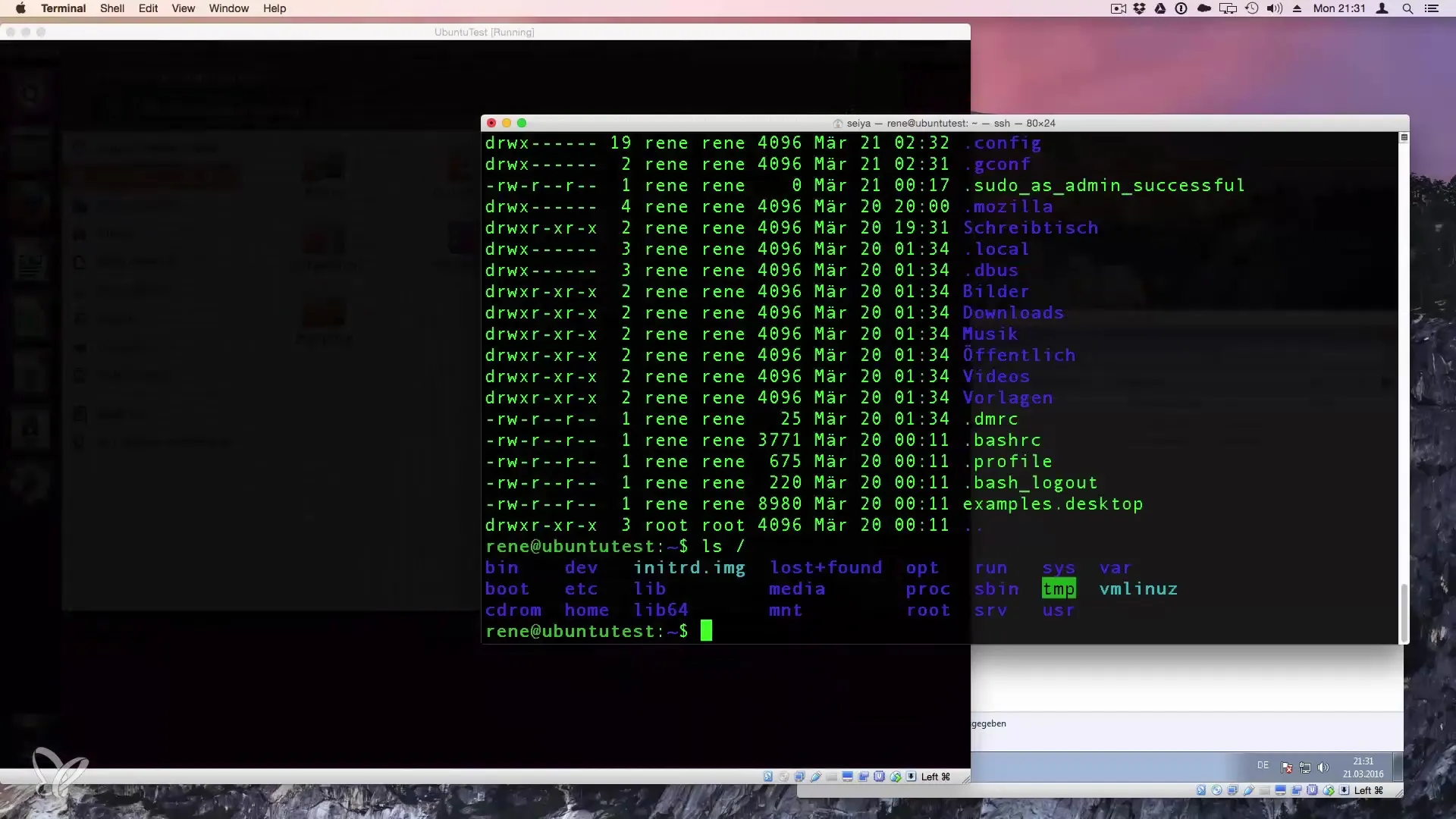
Step 8: Using Wildcards
With wildcards (e.g., *), you can specifically search for files. If you want to display only files that begin with a certain letter, use the command ls D*. This will show you all files in the directory that start with "D." This function enhances the flexibility of ls to find only the relevant information.
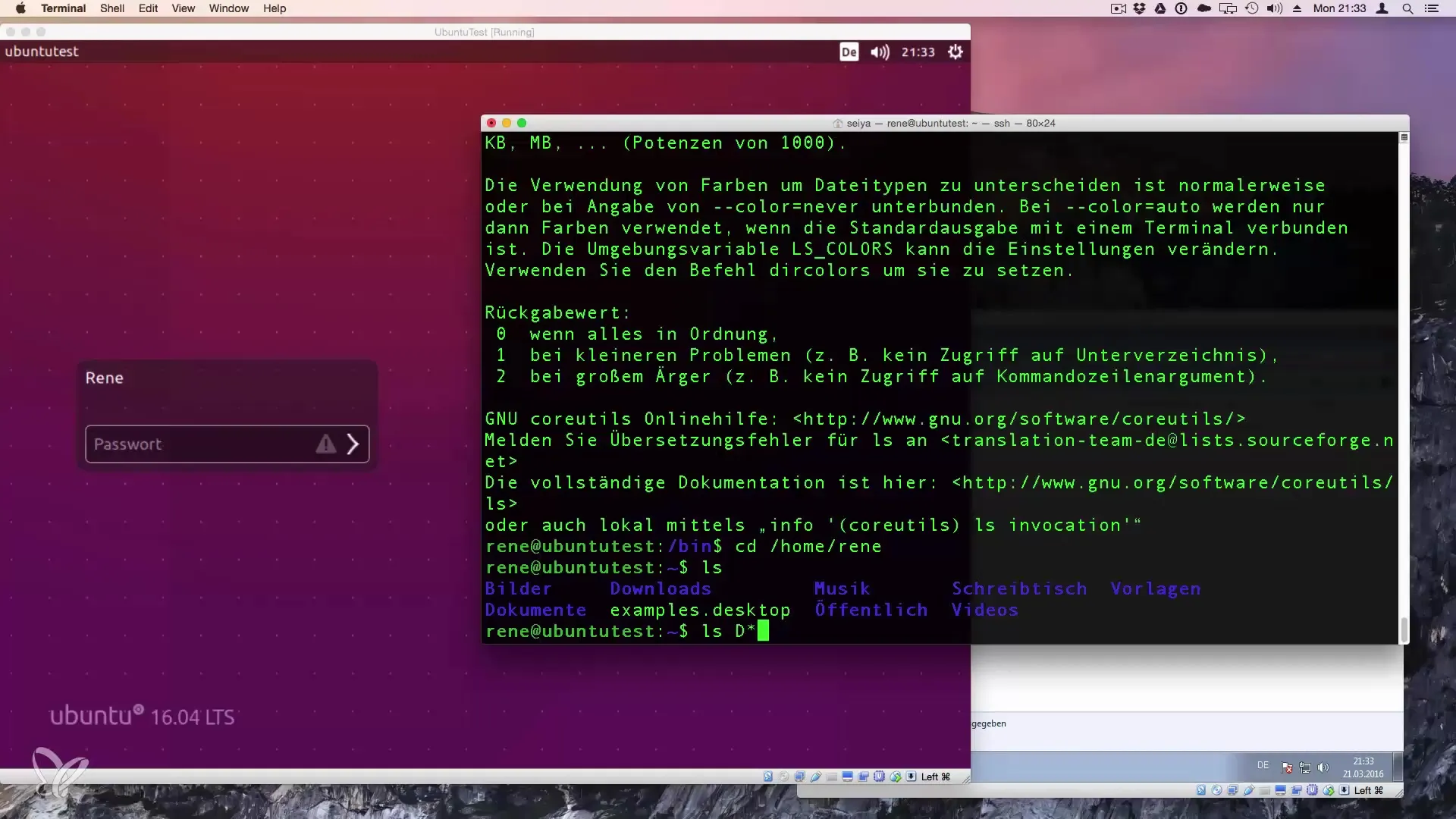
Step 9: Using the Help Function
If you need more information or options for the ls command, you can access help by typing ls --help. This gives you an overview of all the available functions that the command offers. This is especially useful for advanced users who have more complex requirements.
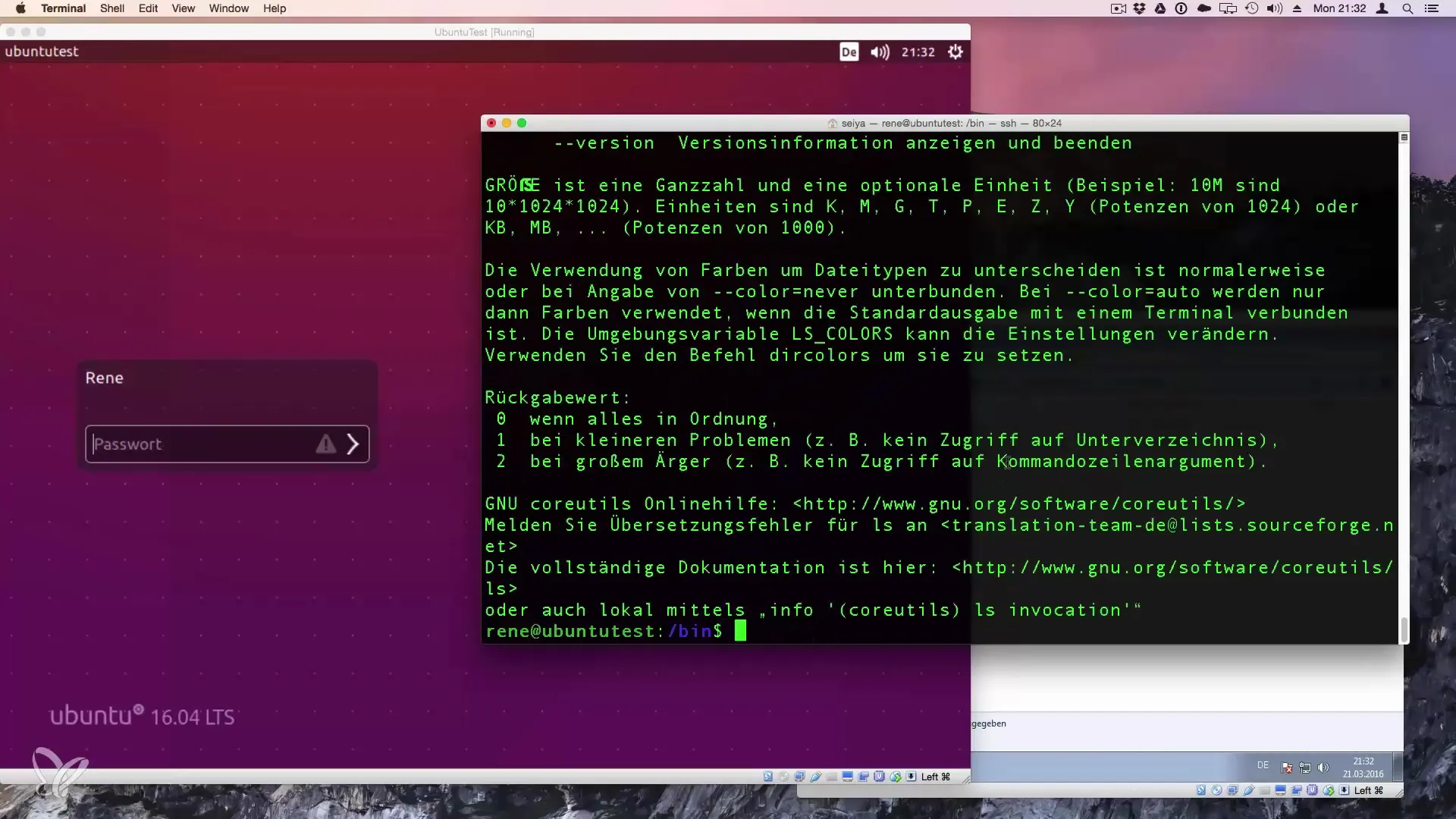
Summary - Optimal Use of the ls Command in Linux
In this guide, you have learned how to use the ls command in Linux to analyze directory contents flexibly. You have seen how to display hidden files, customize the output, and use filters. With this knowledge, you are now able to work more efficiently with your Linux system.
Frequently Asked Questions
What does the ls command mean?ls stands for "List Directory contents" and displays the files in a directory.
How can I display hidden files?Use the command ls -a to display all files, including hidden ones.
What does the command ls -l do?ls -l provides a detailed listing of the files, including permissions and sizes.
How can I sort the files by modification date?Use ls -lt to list the files by modification date.
How can I list specific files?Use wildcards like ls D* to view files that start with "D".


